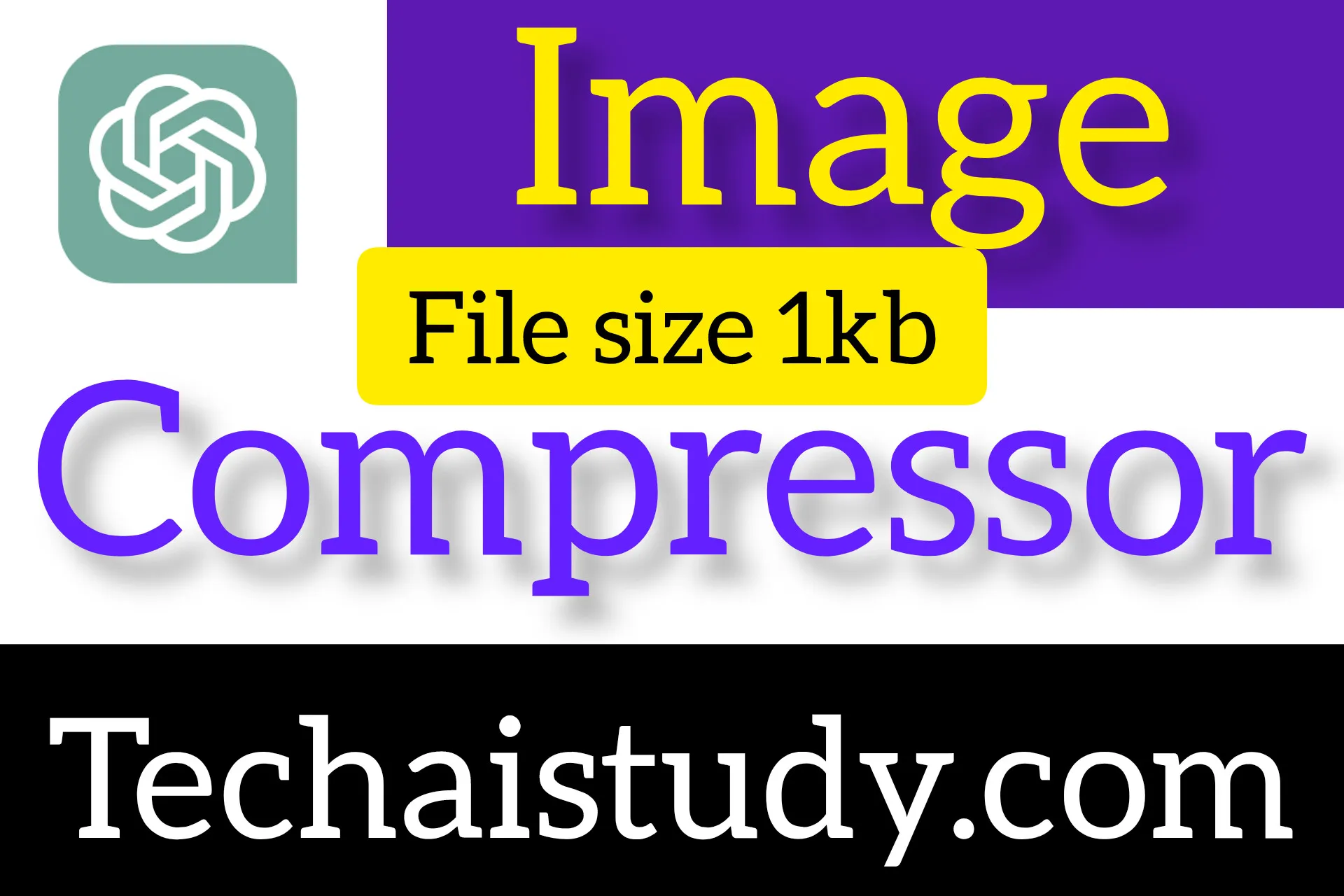image Size Compressor: How to Compress Images Online for Better Web Performance
by Kuldip Singh | 19 September 2024In today’s fast-paced digital world, having a website that loads quickly is essential. One of the biggest contributors to slow-loading pages is large image files. Compressing your images without sacrificing quality can drastically improve the performance of your site. In this post, we’ll guide you through using our free
Image Compressor Tool to reduce file size and enhance web performance and SEO.
How to Use the Image Compressor Tool
Our tool makes it simple to compress your images online. Follow these steps to reduce your image size effectively:
Step 1: Upload your image by clicking the "Choose Image" button. Make sure the file is in a supported format (JPEG, PNG, etc.).
Step 2: Set the desired image quality using the quality slider. The higher the quality, the larger the file size. For web use, 70-80% quality is often ideal.
Step 3: Optionally, set a target file size to compress the image to a specific size (e.g., 200KB). The tool will automatically adjust the image quality to match your target size.
Step 4: Once satisfied with the settings, click the "Compress" button. You’ll see a preview of the compressed image, along with the new file size.
Download and Use the Compressed Image
Once you’ve compressed your image, you can easily download it by clicking the "Download Compressed Image" button. Your image is now optimized for faster loading, ready to be used on your website, blog, or social media.
Best Practices for Image Compression
To get the best results when compressing images, keep these tips in mind:
- Use the Right Format: For photographs, JPEG is usually the best format. For graphics and images with transparency, PNG may be a better option.
- Balance Quality and File Size: Use the quality slider to find the right balance between image clarity and file size. For most web uses, 70% quality is sufficient.
- Resize Before Compression: If your image is larger than needed, resize it before compressing. Smaller images naturally compress more efficiently.
- Avoid Over-Compression: Too much compression can result in pixelation or blurry images. Find the right balance to maintain visual quality.
Why Compress Images?
Large, high-resolution images often look fantastic, but they can also slow down your website’s loading speed, negatively affecting the user experience and your SEO ranking. Here are a few reasons why compressing your images is important:
- Faster Load Times: Compressed images load much quicker, improving user satisfaction and engagement.
- Better SEO: Google considers site speed as a ranking factor. Faster websites are more likely to rank higher in search results.
- Reduced Bandwidth: Smaller images consume less bandwidth, benefiting both you and your users, especially on mobile devices.
- Improved Storage: Compressing images reduces file sizes, allowing you to store more content without taking up unnecessary space.
Final Thoughts
By using our Image Compressor Tool, you can optimize your website’s images for better performance, faster loading times, and improved SEO. Whether you’re a blogger, photographer, or website owner, image compression is a quick and easy way to enhance your online presence. Start compressing your images today and watch your site’s performance soar!
